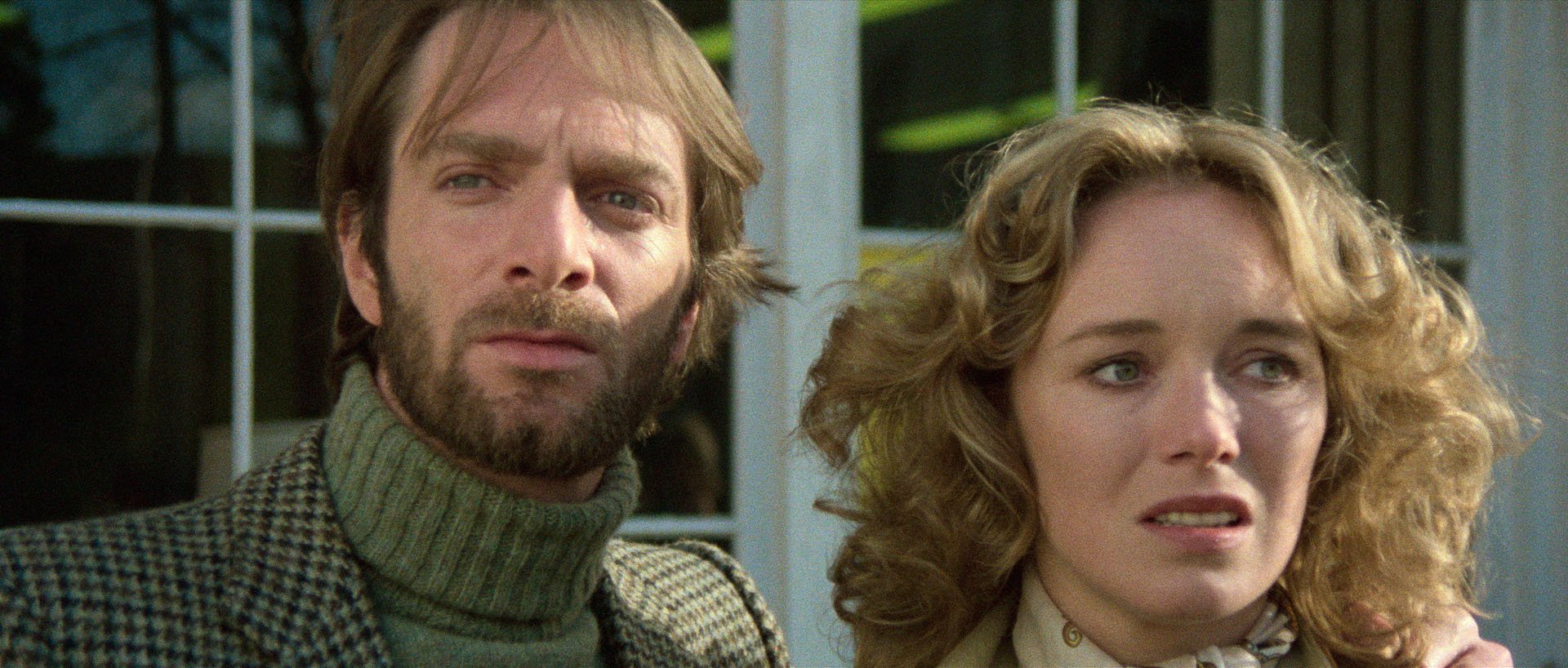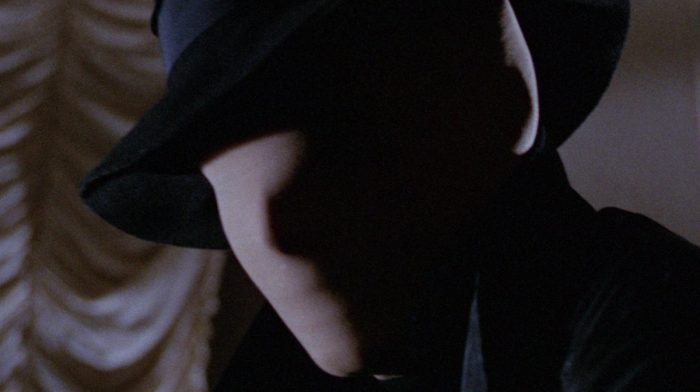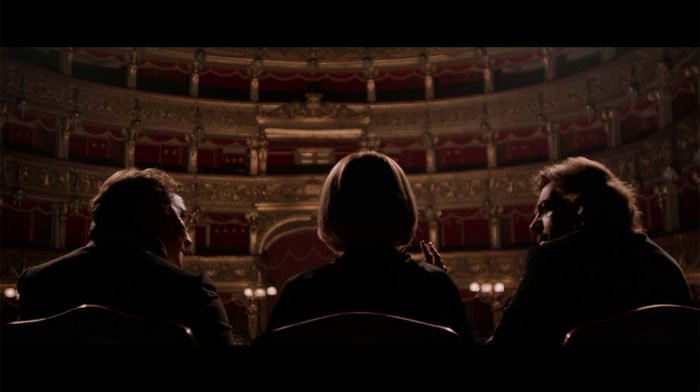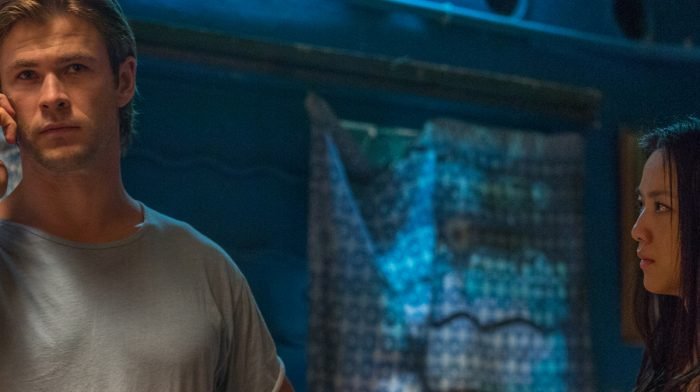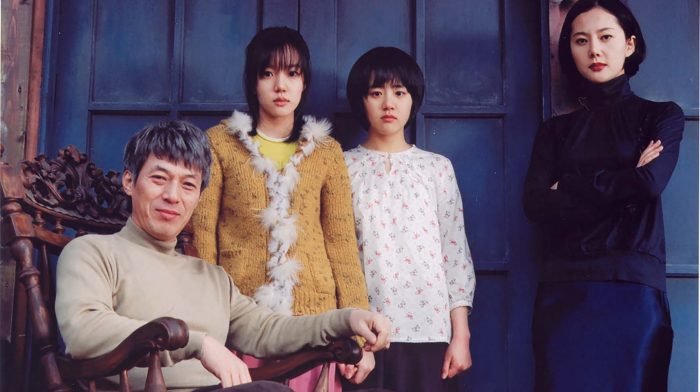The modern world offers very little opportunity for one to understand isolation in its purest form. With widespread access to technology, humans found themselves in the position to remain in touch with each other — directly or not — almost permanently. Even at the height of a global pandemic, humans experienced isolation while still deeply connected, with physical absence replaced by virtual presence.
Alas, while technology allows for increased connection, it can also amplify a sense of displacement. In comes cinema, as it often does, an art that has long offered cathartic reflections on isolation. Some of cinema’s greatest works revolve around explorations of loneliness, from Japanese auteur Yasujiro Ozu’s 1949 Late Spring, which follows a 27-year-old who is much more concerned with caring for her widowed father than marrying, to Martin Scorsese’s 1976 chronicling of the mental decay of a war veteran, Taxi Driver.
Filmmakers have employed a wide array of tropes, genres and techniques in their cinematic quest to capture the many nuances of isolation. Loneliness in cinema has been portrayed through fantasy (Guillermo del Toro’s 2017 The Shape of Water and Spike Jonze’s 2009 Where the Wild Things Are), science fiction (Claire Denis’ 2018 High Life and Jonathan Glazer’s 2013 Under the Skin), romance (Paul Thomas Anderson’s 2002 Punch-Drunk Love and Derek Cianfrance’s 2011 Blue Valentine), and thriller (Nicolas Winding-Refn’s 2011 Drive and Park Chan-Wook’s 2003 Oldboy).
While many angles and genres have lent themselves to accomplished explorations of loneliness, horror offers a particularly fruitful platform to analyse the dread and anxiety that can come from extreme isolation. Think John Carpenter’s 1982 classic The Thing, in which a group of research scientists encounter a shapeshifting alien while in isolation in Antarctica or Stanley Kubrick’s seminal The Shining, a masterclass analysis of the cognitive decline brought in by sustained seclusion. Kathy Bates even broke a tricky glass ceiling by winning a Best Actress Oscar for a performance in the 1990 horror film Misery, adapted by Rob Reiner from Stephen King’s tale of a famous writer kidnapped by a sadistic super fan.
Although Robert Eggers has refrained from calling The Lighthouse a horror film, his 2019 sophomore feature has earned the title from critics and scholars alike. This is largely because the film harnesses classic horror tropes to tell the story of two men trapped in the titular lighthouse late in the 19th century: Thomas Wake (Willem Dafoe), the more experienced keeper, and his brand new trainee, Thomas Howard (Robert Pattinson).
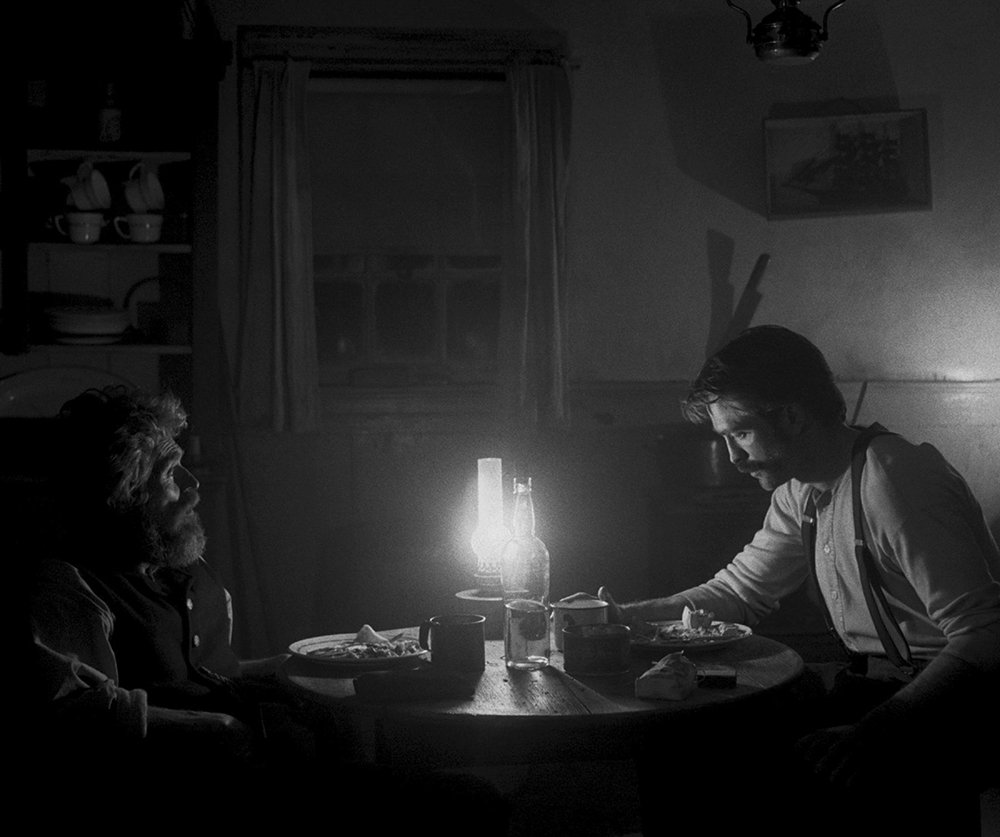
Another quiet night in – Thomas (Willem Dafoe) and Ephraim (Robert Pattinson) have dinner together.
Howard initially arrives at the desolate island to spend a few weeks and learn the ropes of the well-paying job. Because things rarely go to plan — especially when it comes to carefully planned stays at desolate islands — a storm comes to haunt the two men, water violently falling from the sky and finding its way into the open arms of the ocean, the waves resulting keeping all sailors and rescue away. Sooner rather than later, Howard learns why the job pays better than the menial gigs he took back ashore.
Shot in textured 35mm, The Lighthouse plays almost like a fever dream, with Eggers skilfully thwarting all sense of reality as the two men sink deeper and deeper into the rabbit hole of madness. Many are the aesthetical choices that feed into the director’s desire to offer his audience full immersion, from adopting the 1.19:1 aspect ratio used by the old silent movies that served as inspiration for the film’s gothic roots to the recurring use of close-up shots, with the camera allowing the viewer to observe how the increasingly challenging environmental conditions are reflected in the languishing faces of both men. Together, the aspect ratio and cinematography amp the film’s claustrophobia, faithfully portraying the inescapability of both Thomases terrifying predicament.
Still on the idea of immersion, Eggers worked with production designer Craig Lathrop to take the film’s world-building to the next level. After failing to find a lighthouse built within a landscape that could be used to communicate the film’s feelings of extreme isolation, Lathrop and his team built a 70ft real-life lighthouse illuminated by a Fresnel lens replica capable of shining light for over 16 miles. The impressive monument was placed on Nova Scotia upon a volcanic rock and secured with cables capable of withstanding the strong winds.
It is within the deep bowels of this cinematic lighthouse that some of the key moments between Wake and Howard take place. The sinuous staircase that runs through the building’s core mirrors the dynamics between the two: Wake always at the top, Howard trying to crawl his way upwards. Cut off from the rest of the world, all that is left for the two men is to dwell on the twisted dynamics of their relationship, the servant thirsty for any semblance of independence and the boss holding tightly to power while rooted in the knowledge there is no throne in a no man’s land.
If a great part of the lighthouse keepers’ relationship is based on conflict, the remainder is made up of ecstasy — brought in here by the relentless consumption of dubious homemade booze. Seen through the blurry lenses of intoxication, foes become friends, but innocuous objects become omens, too. Mixing cabin fever with alcohol is no safe feat and much of The Lighthouse‘s laurels lie in the portrayal of psychological decay as a form of inebriation in itself. The men grow madder and madder by the isolation that comes with detaching themselves from any semblance of reality, companionship acting not as a comforting sounding board but as a threat and, as with any threat, calling for swift elimination.
In this understanding of how isolation makes verisimilitude unachievable, Eggers’ modern gothic offering proves immensely rewarding upon a rewatch. Gone with the need to look for clues that might lead to a nicely tied conclusion and in with the desire to surrender to the unexplainable realm of delusion, The Lighthouse standing as a nuanced study of solitude as the ultimate catalyst to barbarism.


